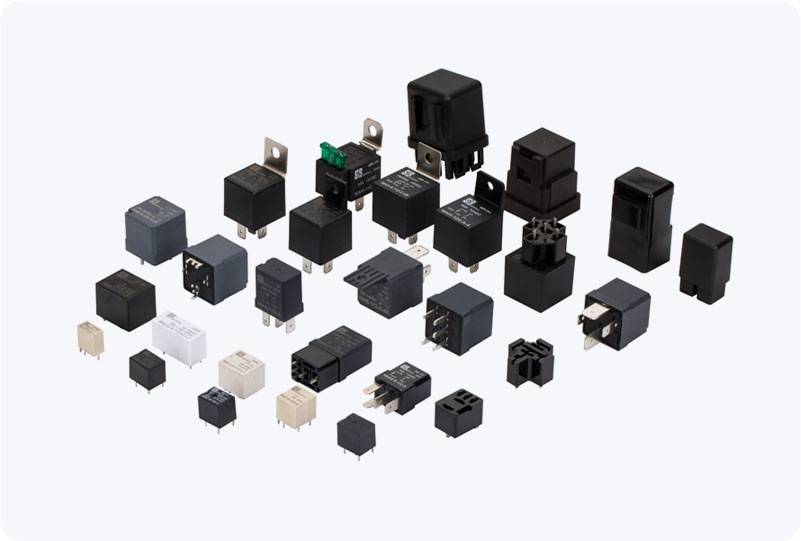Power relays are essential components in the realm of electrical engineering and automation. These devices play a pivotal role in controlling the flow of electricity in circuits, ensuring that machines, appliances, and various systems function efficiently and safely. This article explores the fundamental working principle of power relays, their types, common applications, and their significance in various industries.

What is a Power Relay? A power relay is an electrically operated switch that allows one circuit to control the operation of another, typically high-power circuit. Relays use electromagnetism to open or close the switch, controlling the flow of electrical current. These devices are widely used to control heavy machinery, electrical systems, and electronic devices in both industrial and consumer applications. They can manage large voltages and currents using low-power control signals, providing both safety and convenience. The Working Principle of Power Relays The basic principle behind the operation of a power relay is electromagnetism. When an electrical current passes through the relay’s coil (the control circuit), it creates a magnetic field. This magnetic field moves a set of contacts, usually either opening or closing them, depending on the relay’s design. The movement of the contacts allows the relay to control the larger circuit, even though the control signal itself is much smaller in voltage or current.